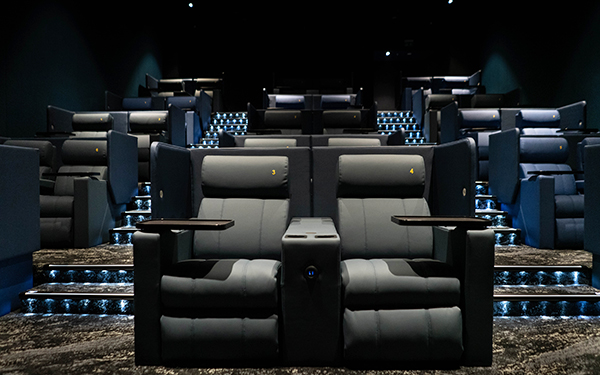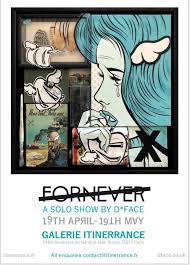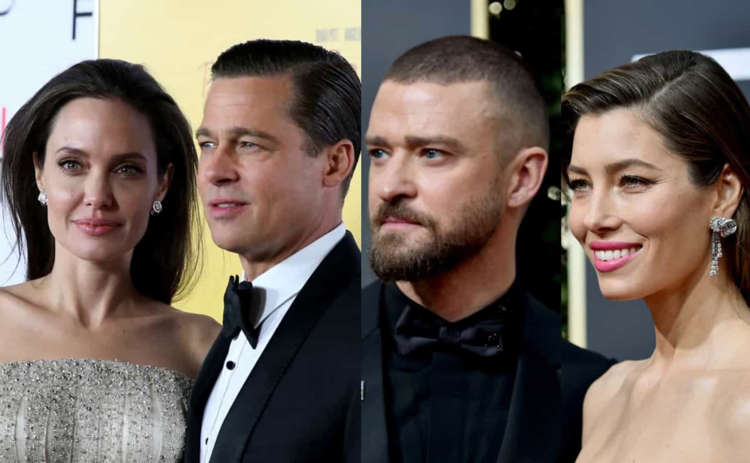
Jackson Pollock's art is all about the chaos. Jackson Pollock was well known for his messy work, but he also created original works. Jackson Pollock's art is divided into three main categories: Prints and Paintings. To understand the American artist better, find out more about each type. You might also be interested in his Myths. If you have a child who loves art and wants to learn more about him, here are some of the myths surrounding Jackson Pollock.
Paintings
Jackson Pollock changed his style in later years. His work became darker and more abstract. He began a series of black paintings using unprimed canvases in 1951. These paintings were not sold at the Betty Parsons Gallery, and Pollock soon returned to figurative themes and color. Pollock became erratic after a period in which he felt drowsy and was unhappy with his emotions.

Prints
Jackson Pollock art is a wonderful way to collect. You've likely come across his fling & pour paintings. These paintings are stunning, creating seemingly endless arrays of colors. These paintings can also be a great way to showcase your artistic taste. These works will make you want to buy more if you enjoy them. But you might not know where to start. Here are a few ideas to get you started.
Self-portraits
Jackson Pollock was born in New York, in 1930. His self-portraits are a key part of his artistic career. His works were included in a large exhibition in 1967. He was also celebrated in large retrospective exhibitions at The Tate and The MoMA in New York, 1998 and 1999. Pollock was more interested in self-destruction than self-pity in his later years. This is what Pollock displayed in "Portrait and a Dream," a self-portrait.
Myths
It is not true that Pollock's work was primarily abstract. He was also aware of Native American art and attributes his inspiration to the unconscious and self-sacrifice. The artist was also susceptible to alcoholism so he sought treatment. During this time, he met with Dr. Carl Jung and learned two of his theories about the unconscious, and he applied these to his paintings.

Technique
In 1951 and 1952, Jackson Pollock focused on painting in black enamel on unprimed canvas. Jackson Pollock also tried to make the universality of his paintings by using more mythic titles. However, his resulting works did not sell at the Betty Parsons Gallery. Pollock returned to color and figurative themes after this period. His last series of paintings was completed in 1953. "Black Pourings", the earliest of these works, are his last.
FAQ
What are some of the positive aspects of pop music?
Pop culture doesn't have to be bad. It gives people something to discuss. It also allows people to express their creativity. Artists can use pop culture to help promote their work.
Pop culture brings people together. Everyone wants to watch the exact same shows. Everyone enjoys the same music. Everyone likes the same movies. Pop culture makes it easy to connect.
Problem is, not all pop culture has the same health benefits. Many films glorify violence. Some television shows make fun people with mental disabilities. Others encourage their fans and followers to get high.
So, what can we do with pop culture's negative side?
We should try to avoid the negative parts of pop culture. It shouldn't be allowed to influence us. It can be a problem for our health. It can also lead to crime. It can even affect our relationships.
Pop culture can also be a source of help or harm to society. Does it promote good values? Are people being encouraged to do wrong things?
And finally, we should ask ourselves whether we're happy with the kind of world we live in. What do we enjoy about the music we listen too? What do we like about the TV shows we watch What clothes do we wear?
We must be responsible for our actions if we are to care about the future. We must decide the world we want. We can then choose the right pop culture.
Who invented the word Pop Music?
Frank Zappa invented it. He used the word pop music to describe his style of music.
He stated that he wanted to create music that appealed to everyone. He called his music "pop music".
Zappa also created the phrase "You know it's POP when..." which means that something is really popular if many people enjoy it. Michael Jackson's Thriller is one example of the greatest-selling albums.
Zappa's definitions of pop music are different than the current. Today, pop music includes all types of music. However, in the past, only certain genres of music were considered to be pop.
What is pop media?
Pop culture is all around us. It is everywhere we go: TVs, radios and films, music, magazines, newspapers and websites, as well as social networks. It's all around us 24 hours a day. Pop culture influences everything, from clothes to music and language to politics and religion. What then is pop culture? According to Wikipedia, "Popular culture (or popular culture) refers to the products and ideas produced for mass consumption in society." Many people assume that the term covers television shows, movies music, fashion and other forms entertainment. Pop culture does not only include entertainment. The term covers everything consumed by the masses. It includes video games, sports and toys, fast food, political campaigns, and many more.
What is popular music culture?
Popular music culture is a dynamic phenomenon that can take many forms.
The popular music culture is defined by the use of certain musical styles (e.g., jazz, rock) as well as lyrics. It also includes the influence of visual media (e.g., film, television and fashion) on artists' careers.
It's also how fans interact and support their favorite artists.
One element of popular music culture is the emergence of "superstars" - artists who have achieved fame and fortune for themselves.
These legends transcend genres and are cultural icons. Their success has influenced popular music's evolution.
The popular music culture also includes:
* The rise and development of recording technology, from acoustic instruments through to electric guitars or microphones.
* Invention of the record player and radio
* The birth of the rock 'n roll era;
* The introduction TV and film
* The birth MTV and VH1
* The creation or the Internet.
What are examples of pop culture in 2021?
The world was changed forever on 11th September 2001, when two planes were hijacked by terrorists and crashed into the twin towers of the World Trade Center in New York City. This day would be called 9/11.
The popular culture was impacted by these events and continues to be today. We can see the many ways that this event has influenced us.
Television shows like 24 and movies like United 93 are included. They tell the story of the events that took place on the flight from Boston, Massachusetts to Los Angeles on September 11, 2001. You can also find books such as The Forever War, by Dexter Filkins.
Everybody can recall exactly where they were when the attack occurred. Some people got up and went outside, while others read the newspapers or watched TV.
Pop culture is constantly evolving. It is an expression of society and a source of inspiration. What will the future look like for popular culture? We are not able to predict the future. All we know is that it will be different than it was before.
Are Tik Tok and its pop culture?
The answer is yes! It's not limited to teenagers. These videos can be used by anyone to express their feelings, share life moments, and show support.
It is used by over 200 million people every day around the globe. And this number grows by millions each day.
This makes TikTok an incredible opportunity for brands to connect with consumers and build meaningful relationships.
TikTok is also home for many influencers who have built huge followings. These creators create original content to engage audiences all over the globe.
Don't wait! If you want to take advantage of this trend, here are four ways to do it.
-
Create Viral Content
-
Engage Influencers
-
Use Visuals Effectively
-
Get creative with your audience
How did pop culture come to be?
It was an accident. The mistake that caused the first song to be written was when someone accidentally knocked a piano over while playing on New Years Eve 1920.
The recording company loved what they heard so they decided to release the single.
This was the first single to be recorded.
Pop music has become today's most popular form for musical entertainment.
Statistics
- In 1987, US films captured 56% of the European film market. (socialsci.libretexts.org)
- According to CNBC.com, “more than 70% of the film's revenue came from countries outside the US” (https://www.cnbc.com/2019/01/08/aqua...nal-sales.html, ret. 8/18/19). (socialsci.libretexts.org)
- Yet a Nielsen study shows they account for 42% of the country's most-watched content on streaming services. courtesy Nielsen (npr.org)
- Recently, the market share across Western Europe has ranged from 60-75% (Hopewell, 2013). (socialsci.libretexts.org)
- According to Kathryn Sorrells (2013, pp. 142-144), there are several ways that we can become informed consumers of popular culture. (socialsci.libretexts.org)
External Links
How To
What is pop culture in films?
Popular Movies Culture is a collection of all things entertainment including books and magazines, newspapers, television programmes, websites, blogs social media, apps, games and more.
Movies can be divided into three types: comedy/dramatic, horror (action/aventure), fantasy, science fiction and romance.
Movie plots often follow a predictable series of events that lead to satisfying conclusions.
This formula will determine the success of a movie.
Some of the most common plot points are:
-
A protagonist who must overcome obstacles to attain his/her goal.
-
An antagonist that opposes your protagonist throughout the film.
-
A moral dilemma that demands the protagonist to make an informed decision.
-
The twist that ends all.
If your story doesn't fit into one of these categories, you may need to reevaluate your concept or outline before you begin writing.
The following questions will be of particular importance:
-
How do I establish my setting?
-
What does my protagonist want?
-
Why should readers care about my story
-
Where is my life going?
-
Who is my main character?
-
Are there going to be any conflicts?
-
What is its climax?
-
What is my resolution
-
Is the ending happy?
-
Do I introduce new characters?
-
Is my story set in multiple settings?
-
Are there subplots available?
-
Are there major themes?
-
Can I tell the whole story in one chapter?
-
Am I using dialogue effectively?
-
Does my language sound clear and simple?
-
What is the context for my vocabulary?
-
Are you using active voice rather than passive voice?
-
Are there spelling or grammar errors?
-
Is my grammar correct?
-
Are there too many adverbs
-
Is there anything else I could improve?
-
When I'm done editing, what is my first impression?
It is your job to not only write a great book, but also to publish it.